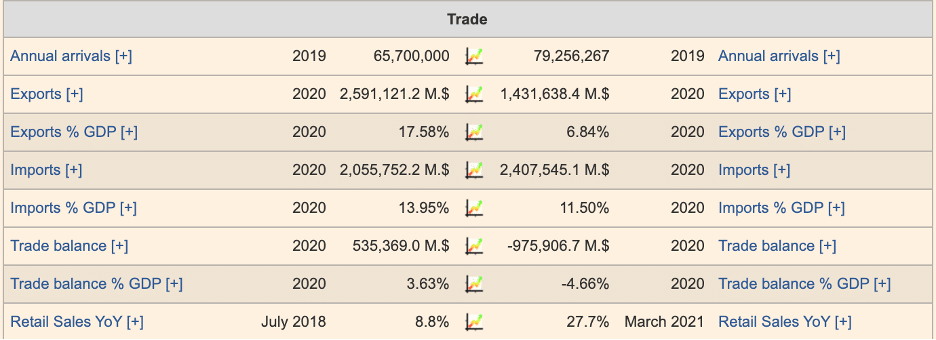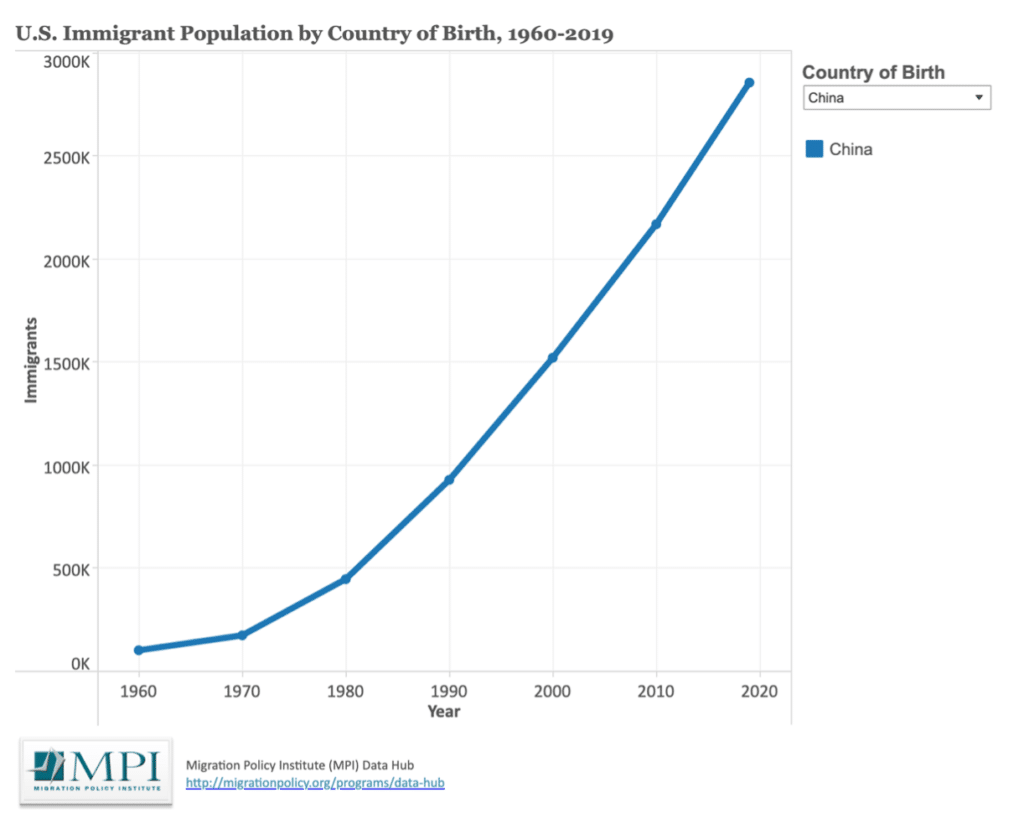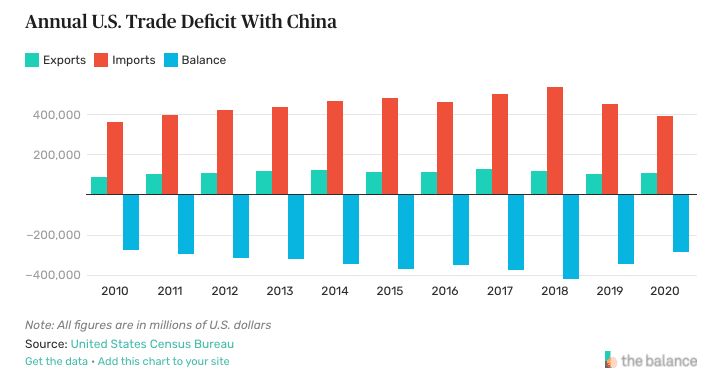This is the second blog in a multi-part series that examines the economic warfare China has been, and continues, to wage against the United States. In this blog series, we examine who the adversary is, US and China trade history & immigration policy and China’s national initiatives. We will also review recently prosecuted cases of China’s Intellectual Property (IP) and trade secret theft from the US military, US defense contractors, US businesses and US universities. As well, we will examine the tactics China used/uses to perpetrate these massive thefts from the US. Our ultimate goal is to provide information that can be used by US targets of Chinese Economic Espionage exploits to better protect their valuable intellectual property and trade secrets for their benefit, and for the benefit of the US. Read Part 1.
Part 2: Economic Espionage – Trade & Immigration
In Part 1, we examined who China is a country in comparison with the United States. We presented an extensive amount of information and statics for key markers. In this post, we are taking a look at the lengthy, tumultuous and often retaliatory trade and immigration history of China and the United States, and where that relationship stands today. We suggest you review the Trade & Immigration Timeline in conjunction with the blog post.
The Beginning of US and China Trade & Immigration History
Trade:
China and the US trade talks date back to 1784 with the first (unofficial) visit of a US representative Samuel Shaw to China. One of the earliest trade excursions involved the US’ Empress of China which set sail from New York City loaded with ginseng for sale to China. However, the US quickly learned that the ginseng market was a bit too volitive. In 1810, the US began supplying opium to China.
The first trade treaty with China was established in 1844 under US President Tyler. From the start, the US craved Chinese goods such as tea, silk and porcelain, much more so than the Chinese desired US goods. Since the inception to current time China has maintained a trade deficit with the US. And over the years, China’s trade deficit with the US has swelled considerably. The image below provides a a recent snapshot of the US and China trade landscape:
China US
Additional historic trade figures from 1985 to 2021 can be viewed here: https://www.census.gov/foreign-trade/balance/c5700.html
Immigration:
US doctor Peter Parker was one of the first US citizens to live in China after he established a small dispensary in Guangzhou China in 1835 which later became an ophthalmic hospital. China’s Coolie ships brought the first Chinese laborers to the US in 1847, followed by Chinese laborers who came to the US for work related to the California Gold Rush. And in 1862, the foreign legations set forth in the Treaties of Tianjin were set up, and Anson Burlingame becoming the first U.S. Minister to live in Beijing China.
But, Chinese immigration into the US came to a screeching halt in 1888 with the Bayard-Zhang Treaty which prohibited all new Chinese migration for 20 years, and limited the classes of Chinese people who could return to the US after a trip home to China. However, later reversals of this policy opened the way from future immigration into China and into the US. The chart below provides a historic look at the number of Chinese immigrants coming to the US from 1960-2019.
In contrast, in 2018 it was estimated that 600,000 people of other nations were living in China. Of that number, 12% 0r 72,000 were from the US.
The Turning Point in US & China Trade Relations
In 1979, the US and China established full diplomatic relations. The two countries also signed a trade agreement that enabled Chinese products to receive temporary Most Favored Nation (MFN) tariff status. In 1980, China’s Deng Xiaoping began a major process of economic reforms in China, including opening the doors to foreign investment and business. And in 1986, China applied for membership in the General Agreement on Tariffs and Trade (GATT) and the World Trade Organization (WTO). However, the US did not support China’s entry into either organization because of concerns about China’s openness about their economy. But in 1986, under US President Clinton, China was granted permanent Normal Trade Relations status, ending yearly reviews of China’s human rights policies.
China’s Economic Rise
1980 and 2004: US-China trade rose from $5 billion to $231 billion.
2006: China surpassed Mexico as the United States’ second-biggest trade partner, after Canada.
2008: China became the largest holder of US debt—or treasuries—at around $600 billion, superseding Japan.
2010: China surpasses Japan as the world’s second-largest economy after it is valued at $1.33 trillion for the second quarter of 2010. The US trade deficit with China rose from $273.1 billion.
2011: Under US President Obama, the US entered into the Trans-Pacific Partnership—a multinational free trade agreement. The US trade deficit with China rose to an all-time high of $295.5 billion.
2020: the US trade deficit with China under President Trump fell to $310.8 billion as the US steps up its efforts to stop China’s economic espionage.
How Did China’s Economic Standing Rise So Quickly?
- Its leadership focused on economic growth and bringing China out of economic isolation.
- The Chinese built massive facilities and became the factory of the world.
- They developed the mining industry to become a dominant force in the rare earth metals supply.
- China became a major overseas investor.
- China hedged its bets on technology like 5G and Artificial Intelligence (AI).
- And, they became technologically self-sufficient.
But, did China rise to such economic heights so quickly through its inventive skill, scientific know-how and dedication to excellence alone? Or was Economic Warfare against the US a key component to that rise?
If You Can’t Out Perform Them, Then Steal From Them!
While China has its strengths as a nation, the US more so is an environment where freedom, entrepreneurialism, free market, democratic government and culture support the “American Dream”. And, while China may have a sound strategic plan to accomplish its goals, it relies on economic espionage against the US in order to syphon the technologies, know how and talent that the nation doesn’t inspire in its own people.
Below are key trade and immigration tactics China has weaponized against the US for China’s economic advantage:
- China restricts exporting of rare earth metals, which force multinational firms that use the metals to relocate to China. In 2018, the US was 100% net import reliant on rare-earth elements, and 80% of those imports come from China. About 60% of US rare earth imports are used as catalysts for petroleum refining and for vehicles. US weapon systems are also use these rare earth metals in “jet engines, missile guidance systems, missile defense systems, satellites, and lasers. Rare earth metals are used in rechargeable batteries for electric and hybrid cars, advanced ceramics, computers, DVD players, wind turbines, catalysts in cars and oil refineries, monitors, televisions, lighting, lasers, fiber optics, superconductors and glass polishing.” (Source: https://www.reuters.com/article/us-usa-trade-china-rareearth-explainer/u-s-dependence-on-chinas-rare-earth-trade-war-vulnerability-idUSKCN1TS3AQ)
- China steals US technologies, know how and talent to bring new technology, new processes and needed talent in country to grow its economic power and become more self-sufficient. They are focused on the 14th Five Year Plan (for 2021-2025), Made in China 2025 plan and the Thousand Talents Plan. Stealing US technology, know-how and talent weakens the US economy and drains it of key assets.
- China collects US information through telecommunications products and services it provides to grow its Artificial Intelligence know-how, to economically benefit from the stolen information, and to plan and strategize its next moves.
- China hacks into US government agencies, critical infrastructure, defense contractors, etc. to steal information, gather names/addresses, debilitate US systems, etc.
- China devalues its currency when needed to make its export prices competitive, further damaging the US dollar.
- China encourages immigration to the US then uses Chinese nationalism, favors and payoffs to spies in order to penetrate US institutions and to gain access to privileged information.
And, some are suspicions that China may have weaponized a virus (COVID-19) in a show of its far reaching power and influence in the world. The World Health Organization published a study in March 2021 suggesting the virus originated from animals and crossed over to humans. And, that there was wider circulation of the virus outside Huanan Seafood market in Wuhan, China. Others suspect that the virus originated at Wuhan Institute of Virology. The virus has created humongous economic ramifications in the US, and across the world. And, supply chains have been devastated by the global impacts of the COVID-19 virus and its variants. Did China weaponize a virus? The verdict is still out.
In the next blog in the series, we will review the China national initiatives.
Disclaimer: The People’s Republic of China, PRC, China and Chinese references in this blog are used to reference China as a country/government. No references herein should be construed as a reflection on the character or motives of individual Chinese/PRC citizens, US Chinese immigrants or Chinese foreign nationals.
About the Author:
J.D. LeaSure, CCISM, is the President / CEO of ComSec LLC, a global provider of world class counterespionage and TSCM / Cyber TSCM™ services. www.ComSecLLc.com
Coauthored by Lisa LeaSure, Director of Operations, ComSec LLC.





